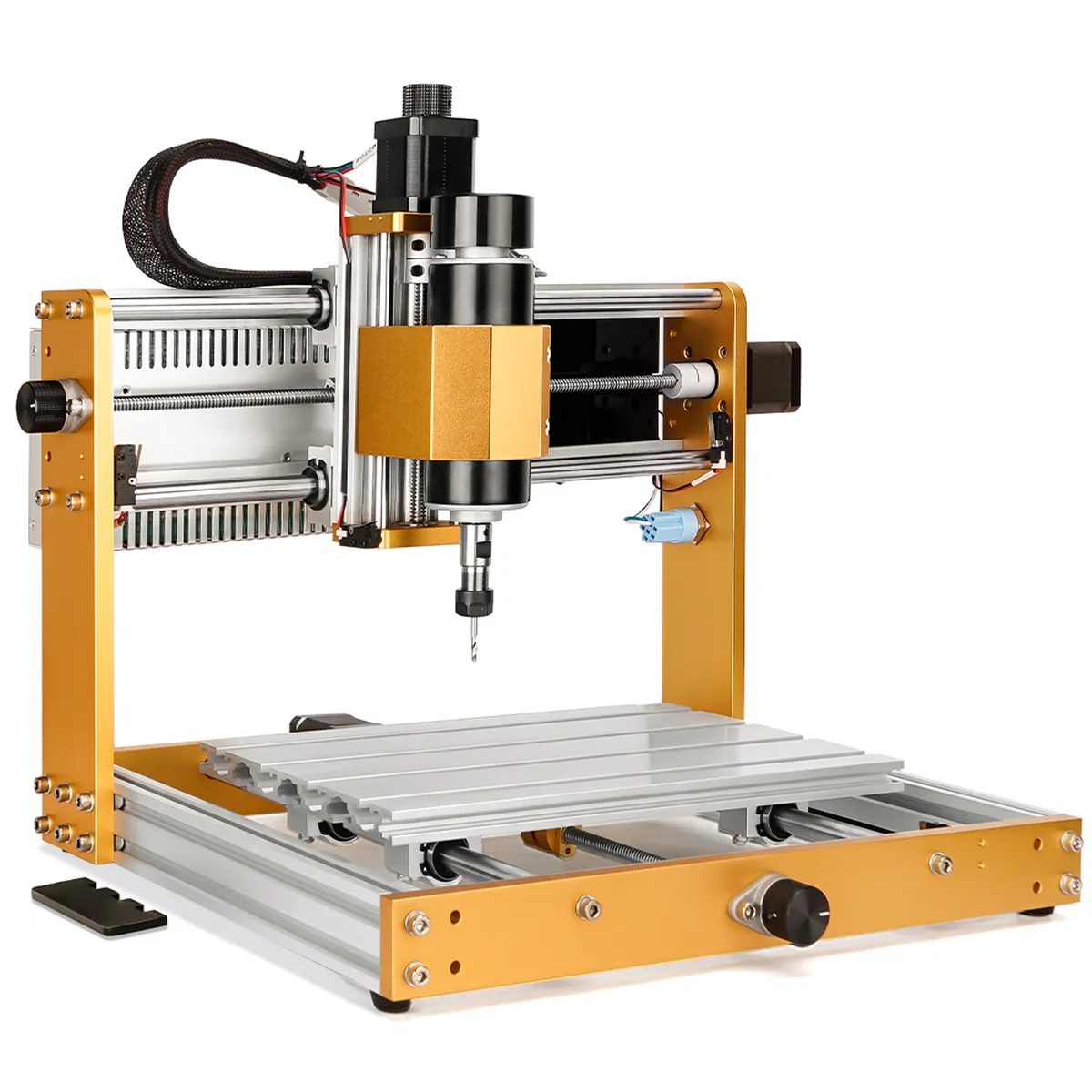How many axes can a CNC machine have?
2023-08-17 10:52:08
The advent of CNC machines has transformed traditional manufacturing because of the unrivaled precision, versatility, and efficiency they provide. One of the key parameters determining the functionality of a CNC machine is the number of axes it operates. In this article, we will delve into the concept of axes in CNC machines, their impact on machining processes, and examples of multi-axis CNC machines.
Understanding Axes in CNC Machines
In CNC machinery, "axis" refers to the direction of movement. Simply put, CNC machines move along different axes to engrave, cut, or shape materials. Traditionally, the three axes are the X-axis, the Y-axis, and the Z-axis, which correspond to the three dimensions of space and form the basis of a three-axis CNC machine tool, which can move independently or simultaneously in any of these directions. Lunyee's 3-axis engraving machine has been highly praised by many customers for its generous style, high performance, and good after-sales service.
Beyond three-axis machining: fourth and fifth axes
While 3-axis machines are powerful, they have limitations when it comes to complex geometries and designs. That's when 4- and 5-axis CNC machines are needed.
A 4-axis CNC machine consists of the standard X, Y, and Z axes as well as the additional A-axis. The A-axis represents rotation around the X-axis. 5-axis CNC machines include the B-axis, which rotates around the Y-axis, in addition to the original four axes. With five axes of motion, these machines can produce extremely complex, high-precision parts. They can reach virtually any surface of the part, reducing the need for multiple setups and thus increasing efficiency.
Sixth axis and above: advanced CNC machining
Although less common, 6-axis CNC machines still exist. In 6-axis CNC machines, the C-axis is added, which rotates around the Z-axis. This allows for more complex and precise movements, further reducing the need for workpiece repositioning and refixturing. There are also 7- and even 9-axis machines, each adding more rotary axes. These machines are used for highly specialized applications that require extreme precision and complexity.
Conclusion
The number of axes in a CNC machine has a direct impact on its ability to manufacture parts, their accuracy, and their complexity. From standard 3-axis machines to highly advanced 9-axis systems, each additional axis greatly expands the machine's operational flexibility and precision. As technology continues to advance, we can envision a future where CNC machines will become even more powerful and versatile, further pushing the limits of manufacturing.
See What Lunyee Can Do For You
Contact Us
- 8619149417743
- +86-0371-5562 0274
- [email protected]
- Zhengzhou, Henan Province, China
- Mon-Fri: 9:00 - 18:00




